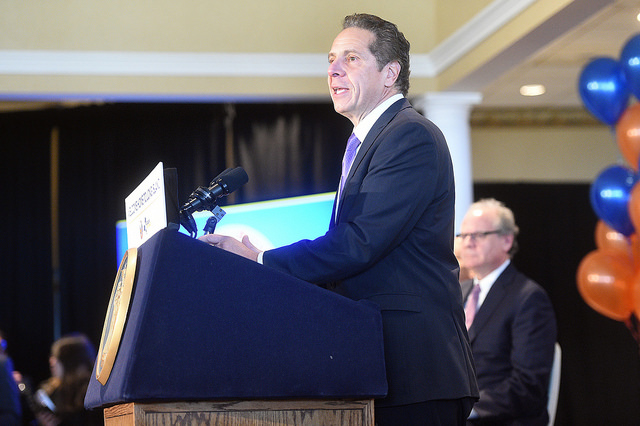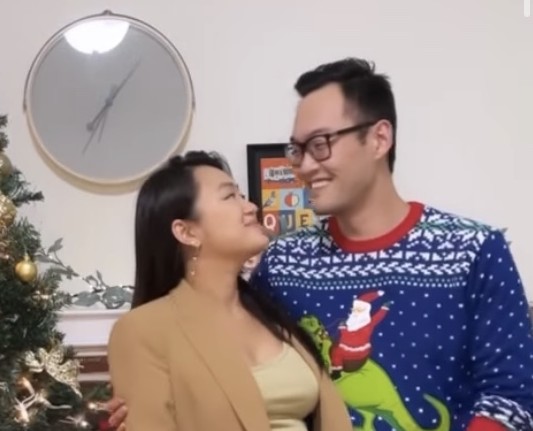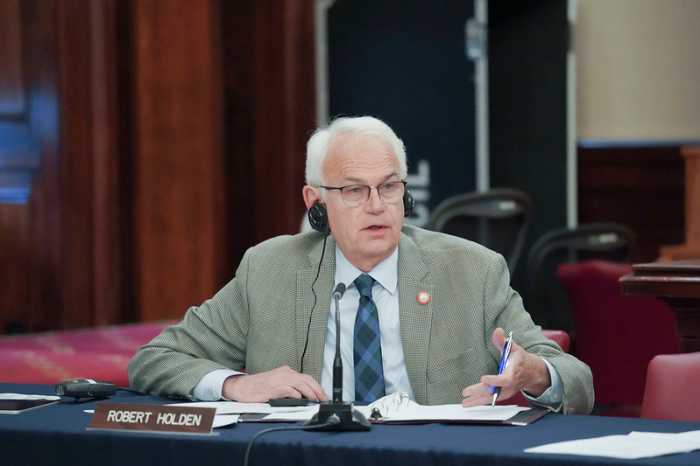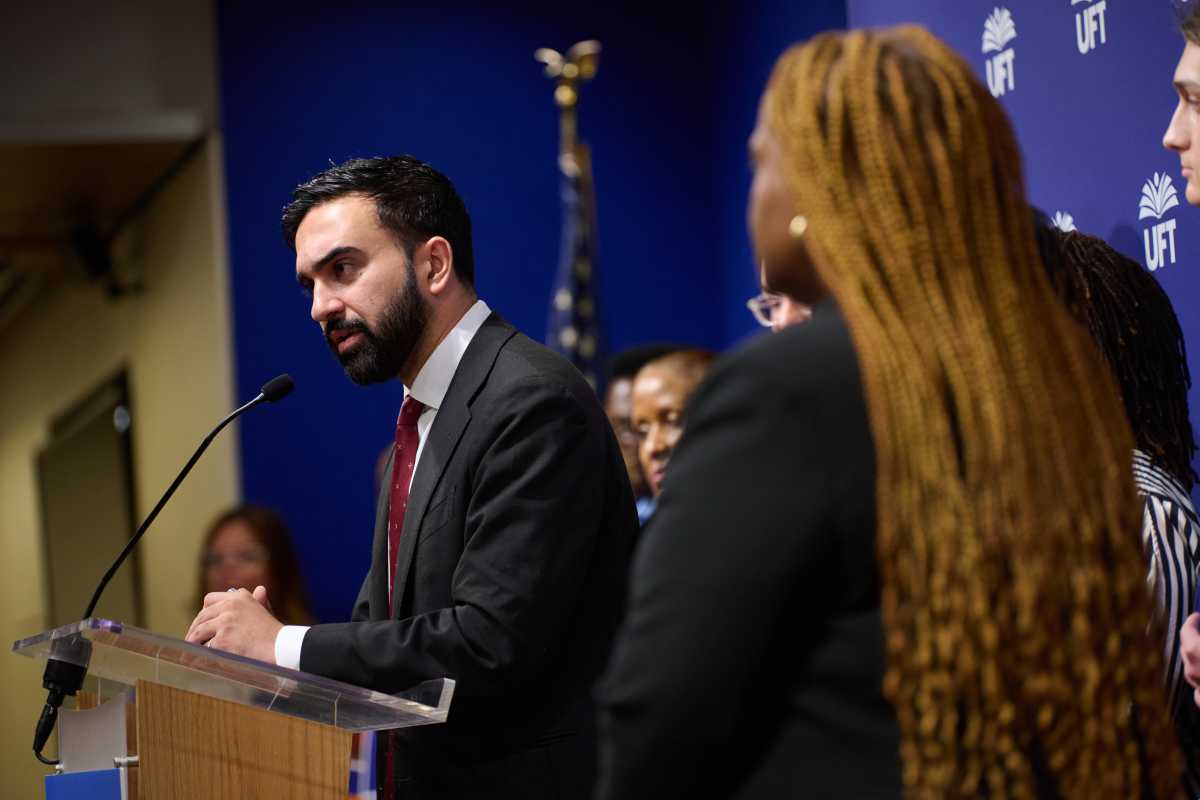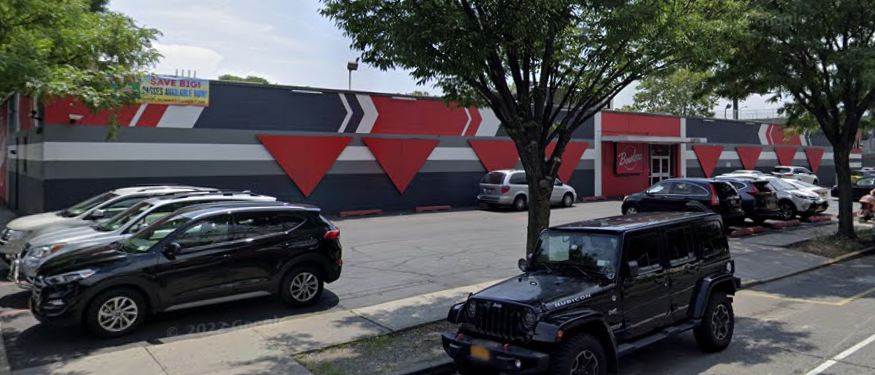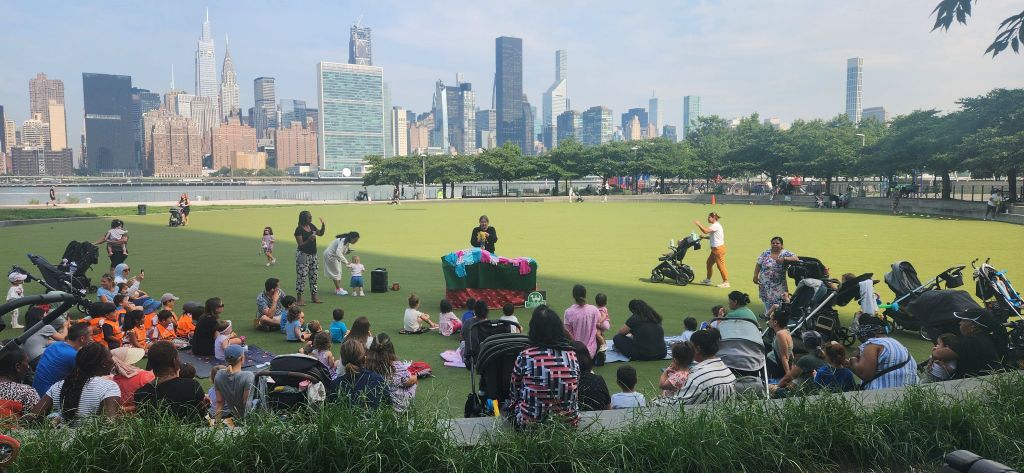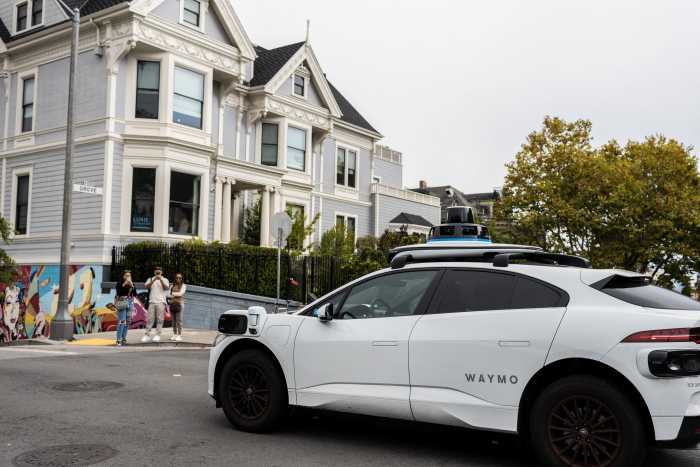Close to 40 percent of all registered voters in Queens showed up at the polls on Election Day and helped propel the state’s leading Democrat to a massive victory.
According to preliminary vote totals from the New York City Board of Elections, approximately 465,304 people cast ballots in the top race on the 2018 ticket: the gubernatorial contest between incumbent Democrat Andrew Cuomo and Republican challenger Marc Molinaro. Both candidates ran on a ticket with their lieutenant governor candidates (incumbent Lieutenant Governor Kathy Hochul for the Democrats, former Rye Councilwoman Julie Killian for the Republicans).
That preliminary total is almost double the amount of Queens residents who voted in the 2014 race between Cuomo and Republican rival Rob Astorino; 244,720 ballots came from the World’s Borough in that contest.
The state Board of Elections counted 1,166,584 active voters in Queens as of Nov. 1 of this year. The turnout in Tuesday’s election in Queens indicates that approximately 39.9% of active Queens voters participated in the election; by comparison, just 23% of Queens voters cast a ballot in the 2017 mayoral race, and 23.5% of voters in the borough showed up for the 2014 gubernatorial election.
Moreover, Cuomo — despite facing a difficult primary from Cynthia Nixon in September and a testy campaign from Molinaro in recent weeks — also doubled his vote total in Queens from 2014. The unofficial city Board of Elections count currently has Cuomo with 366,373 votes across the Democratic, Independence, Working Families and Women’s Equality lines; in 2014, he secured 179,742 votes in total from the same lines. That translates to a 103.8% surge in votes for Cuomo.
Because of that surge, Cuomo carried every single Assembly district in the borough, including those with large pockets of Republican voters such as the 23rd District (Howard Beach and the western Rockaways), the 26th District (parts of Bayside, Douglaston, Little Neck and Whitestone) and the 28th District (parts of Glendale, Forest Hills and Middle Village).
Cuomo found his biggest support in the 33rd Assembly District, represented by Clyde Vanel, in southeast Queens. He garnered 32,044 votes there, according to the preliminary city Board of Elections count. The fewest votes for Cuomo were in Flushing’s 40th Assembly District, represented by Ron Kim, where just 10,402 votes were cast for the governor.
Undoubtedly, the influx of new Democratic voters in Queens also helped down-ballot candidates across the borough.
Take, for example, state Senator Joe Addabbo of the 15th Senatorial District in southwest Queens. In 2014, Addabbo narrowly defeated Republican challenger Michael Conigliaro, winning 52.4 percent of the 39,930 ballots cast. But in 2018, Addabbo more than doubled his vote total from four years ago, garnering 44,279 votes, or 63.78% percent of all ballots cast, over his Republican opponent, Tom Sullivan.
So far, the city Board of Elections counted 69,420 votes cast in that election — a 73.9% increase from the ballot total in 2014.
Even so, Molinaro in 2018 outperformed Astorino in 2014, garnering 85,683 from Queens. That’s a 69 percent increase from the total Astorino received in Queens during the last gubernatorial contest. Molinaro secured more than 10,000 votes in just two Queens Assembly districts: the aforementioned 23rd and 26th districts.
So Republican voter interest also surged in Queens — but not nearly enough to meet the “blue wave” that struck the borough on Election Day.

